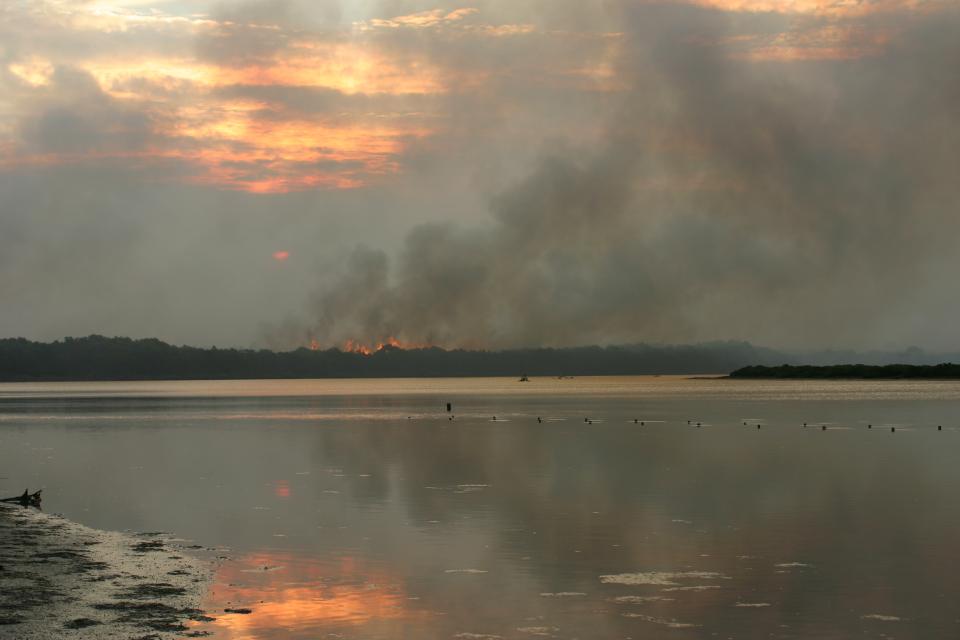
PUBLICATIONS
Published works

Evolution of an extreme Pyrocumulonimbus-driven wildfire event in Tasmania, Australia
| Title | Evolution of an extreme Pyrocumulonimbus-driven wildfire event in Tasmania, Australia |
| Publication Type | Journal Article |
| Year of Publication | 2019 |
| Authors | Ndalila, M, Williamson, G, Fox-Hughes, P, Sharples, JJ, Bowman, D |
| Journal | Natural Hazards and Earth System Sciences |
| Date Published | 12/2019 |
| Keywords | C-Haines, extreme fire, fire severity, Fire weather, McArthur Forest Fire Danger Index, pyrocumulonimbus, smoke plume injection, Tasmania, wildland fire |
| Abstract | Extreme fires have substantial adverse effects on society and natural ecosystems. Such events can be associated with intense coupling of fire behaviour with the atmosphere, resulting in extreme fire characteristics such as pyrocumulonimbuscloud (pyroCb) development. Concern that anthropogenic climate change is increasing the occurrence of pyroCbs globally is driving more focused research into these meteorological phenomena. Using 6-minute scans from a nearby weather radar, we describe the development of a pyroCb during the afternoon of 4 January 2013 above the Forcett-Dunalley fire in south-eastern Tasmania. We relate storm development to: (1) near-surface weather using the McArthur Forest Fire Danger Index (FFDI), and the C-Haines Index, a measure of the vertical atmospheric stability and dryness both derived from gridded weather reanalysis for Tasmania (BARRA-TA), and (2) a chronosequence of fire severity derived from remote sensing. We show that the pyroCb rapidly developed over a 24-minute period in the afternoon of 4 January, with the cloud top reaching a height of 15 km. The pyroCb was associated with a highly unstable atmosphere (C-Haines 10-11) and Severe-marginally Extreme (FFDI 60-75) near-surface fire weather, and formed over an area of forest that was severely burned (total crown defoliation). We use spatial patterns of elevated fire weather in Tasmania, and fire weather during major runs of large wildfires in Tasmania for the period 2007-2016 to geographically and historically contextualise this pyroCb event. Although the Forcett-Dunalley fire is the only known record of a pyroCb in Tasmania, our results show that eastern and south-eastern Tasmania are prone to the conjunction of high FFDI and C-Haines values that have been associated with pyroCb development. Our findings have implications for fire weather forecasting and wildfire management, and highlight the vulnerability of southeast Tasmania to extreme fire events. |
| URL | https://www.nat-hazards-earth-syst-sci-discuss.net/nhess-2019-354/ |
| DOI | 10.5194/nhess-2019-354 |
| Refereed Designation | Refereed |
Published Works


